Harold Davis's Blog, page 106
June 23, 2017
Secret Garden
I composed this image to emphasize the arch within an arch effect. In post-production, I carried through on the same visual idea by adding an outer frame with slightly rounded corners.

Secret Garden © Harold Davis

June 20, 2017
Special Snowflake

Gaillardia Seed Pod – LAB Inversion © Harold Davis
No, this is not really a snowflake at all. It’s a macro photo of the seed pod of a Gaillardia (“blanket flower”) [below] and the all 3-channels LAB inversion of the seed pod [above].
But I find myself intrigued that the term “special snowflake” has become one of political opprobrium, particularly when addressed from the radical right towards a sensitive liberal. Yes, I love snowflakes in their amazing crystalline structures, and isn’t it wonderful that each and every one is different. It’s hard not to admire the miraculous wonder of nature when you look closely at snowflakes, or even when you just watch the snow fall.
What a peculiar insult it is, as it is actually quite a compliment.
So call me a Special Snowflake. I won’t mind at all!

Gaillardia Seed Pod © Harold Davis

June 19, 2017
Ladybird Poppy
Yesterday was a cool Father’s Day. I woke to freshly brewed coffee and cards from the kids. Then I went with Phyllis, my own wonder woman, to see the new Wonder Woman movie in 3-D. When we got home, this Ladybird Poppy from our garden had a new blossom, and I photographed it while listening to the Beatles.
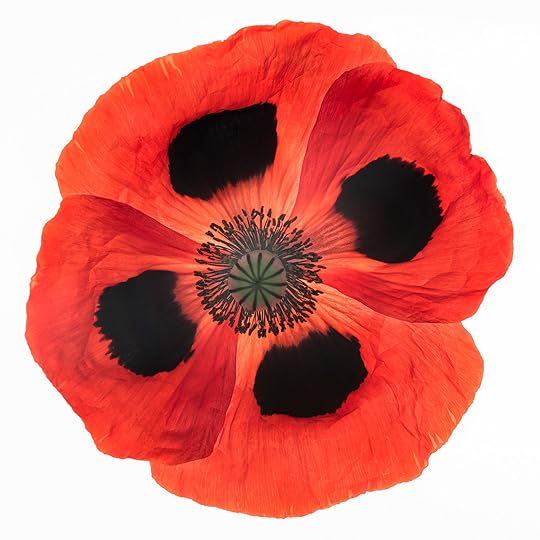
Papaver commutatum ‘Ladybird’ © Harold Davis

June 18, 2017
This Father Gives Thanks
On this Father’s Day, I want to give thanks for the miracle that is Katie Rose, and for all my kids. Thanks for my family. And thanks to all fathers who are there for their kids!

Katie Rose at about two months © Harold Davis
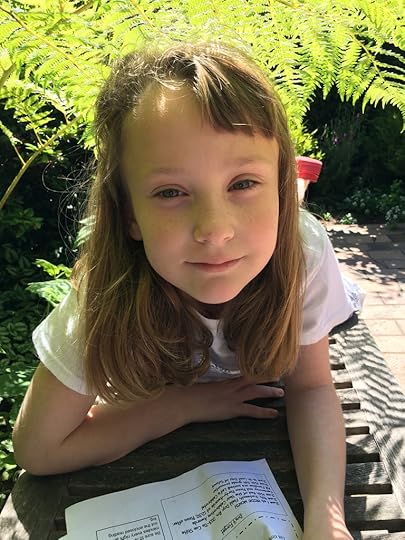
Katie Rose is Nine © Harold Davis

June 17, 2017
Through a Window with Selective Focus
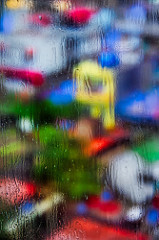 With this rainy day abstraction, I focused carefully on a window wet with the incoming rain, and not on the colorful town beyond. I used a moderate telephoto setting (112mm) and a fairly wide aperture (f/5.6) to further visually separate the window from the scenery behind. I was standing close to the window, and focusing almost as close as the lens could go (about 30cm).
With this rainy day abstraction, I focused carefully on a window wet with the incoming rain, and not on the colorful town beyond. I used a moderate telephoto setting (112mm) and a fairly wide aperture (f/5.6) to further visually separate the window from the scenery behind. I was standing close to the window, and focusing almost as close as the lens could go (about 30cm).
The point was to create a painterly abstract, which comes through when the image is seen in a large size. However, to get a sense of the actual, literal vista and the colorful houses and vegetation in the out-of-focus areas it is best to view the image on a postage stamp scale from a distance, and to squint!
if you are interested in using your camera to create abstract or semi-abstract images, there are many interesting techniques that should be in your toolkit. This example demonstrates the power of selective focus. Besides throwing an image out of focus (entirely, or selectively, or focusing on the “wrong” thing) some of the other most useful camera abstraction techniques are intentional camera motion, long exposure capture of moving subjects, and in-camera multiple exposing.
This image was photographed from a hallway in my hotel in Cat Ba, Vietnam, during a brief but heavy tropical downpour.

Rainy Day Abstraction, Vietnam © Harold Davis

June 16, 2017
Succulents
Photographed with my iPhone camera, and processed in DistressedFX, Mextures, ImageBlender, and Snapseed.
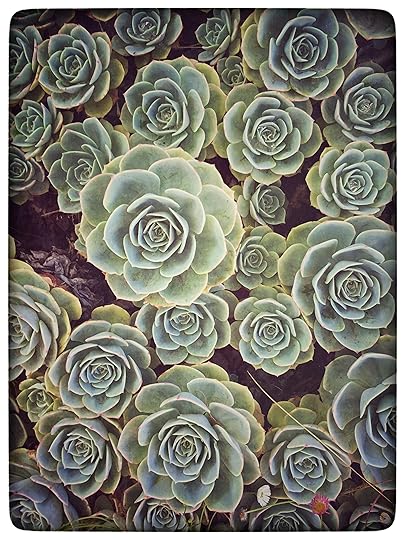
Succulents © Harold Davis

June 9, 2017
Son Doong Cave
The interior landscape of Son Doong Cave is ethereal and fantastic. Keep in mind that this mystical landscape is cloaked in darkness. The camera sees far more than the naked eye.

Son Doong Cave © Harold Davis

Parting of the Veil © Harold Davis
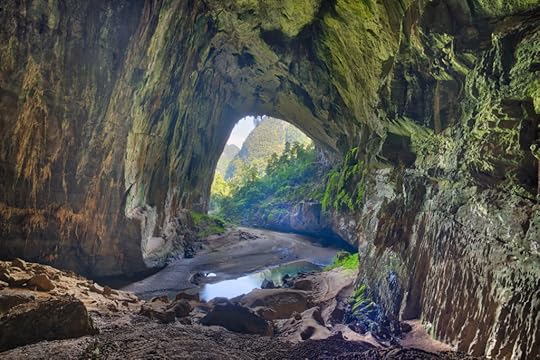
Entrance to the Secret Valley © Harold Davis

June 7, 2017
Darkness into Light
This spring I visited and spent a number of days and nights in the world’s largest cave, in the jungle mountains of central Vietnam. Fewer people have been to the cave than have been into space. This was a journey of 6,000 miles to the other side of the world, and an arduous trek through the jungle, down precipices, and across narrow and high bridges in the darkness with water gurgling far below.
For me, the appeal of visiting the world’s largest cave was less to do with the “cavey things”, or even the varied landscapes and portals of the cave, and more to do with where one begins to see the light. In other words, this was a spiritual quest as all journeys are, or should be.
A core component of my quest was to peer into darkness and distinguish the void from the light, to attempt to examine this darkness and light in the context of the basic structure of photography, which is also about darkness and light.
Stalactites, stalagmites, and other geological wonders of the speleology are fine in their place. This is a landscape that is quite difficult to photograph traditionally in the absolute darkness of the void, and in the absence of logical markers of scale that we see in a more normal landscape. A challenge is always intriguing, but difficulties aside, the speleological features don’t interest me photographically.
What does appeal to me is the cave as metaphor, and metaphorical experience. From darkness we are born, sometimes easily and sometimes with difficulty, and emerge from the cave naked into the light.

Cave Shadows © Harold Davis
We struggle towards the light, and live with what we see in the shadows. At the other end another dark tunnel awaits, with who-knows-what on the other side.

Let There Be Light © Harold Davis
This is the story of our lives—with love, passion, and our journey from darkness to light. In the end, this reverses and we return to the void. At its best, a compelling image can help put us in touch with a piece of this journey. Always we must wonder: are we looking at reality, whatever that may be, or at a pale shadow, flickering on the walls of our cave?

June 6, 2017
Upcoming Flower Photography Workshops
We have two upcoming extended flower photography workshops this summer, one in Berkeley later this month, and one in Maine the first week of August:
Flower Photography Intensive: 4-Day Masterclass in Flower Photography—click here for details and registration, 4-day workshop in Berkeley, CA., June 22-25, 2017
Photographing Flowers for Transparency at Maine Media Workshop, July 31 – August 5, 2017; click here for details and registration.
Both workshops will be a great deal of fun, and cover my light box techniques as well as other topics (see the partial list below). If you are interested in my unique approaches, this is your chance: I do not expect to lead intensive flower photography workshops again for at least a year.

Flowering Dogwood & Friends © Harold Davis
Topics covered in each of these extended flower photography workshops will include:
Floral arrangement and composition
Botanical art in the digital era
Shooting florals in the field
Creative field techniques
Best practices in macro photography
Shooting flowers on a dark background
Shooting on a light box
Understanding high-key post-production
Working with Photoshop layers
High-key HDR
LAB color effects
Backgrounds and textures
Preparing to make floral pigment prints
Tips & techniques from Harold Davis
Implementing one’s own vision
Click here for current workshop offerings!
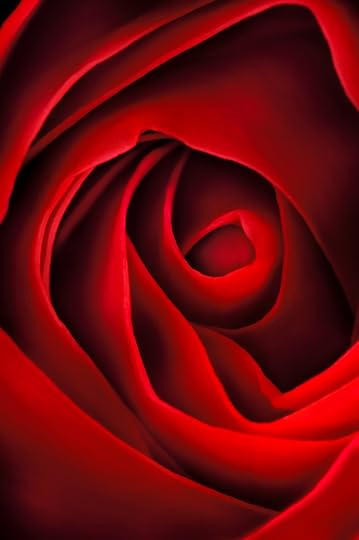
Kiss from a Rose © Harold Davis

June 4, 2017
A Quartet of Peonies
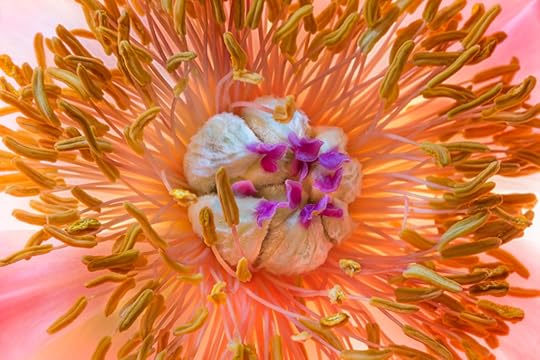
Peony Core © Harold Davis

Peony Sunrise © Harold Davis

Pink Peony © Harold Davis

White Peony © Harold Davis




